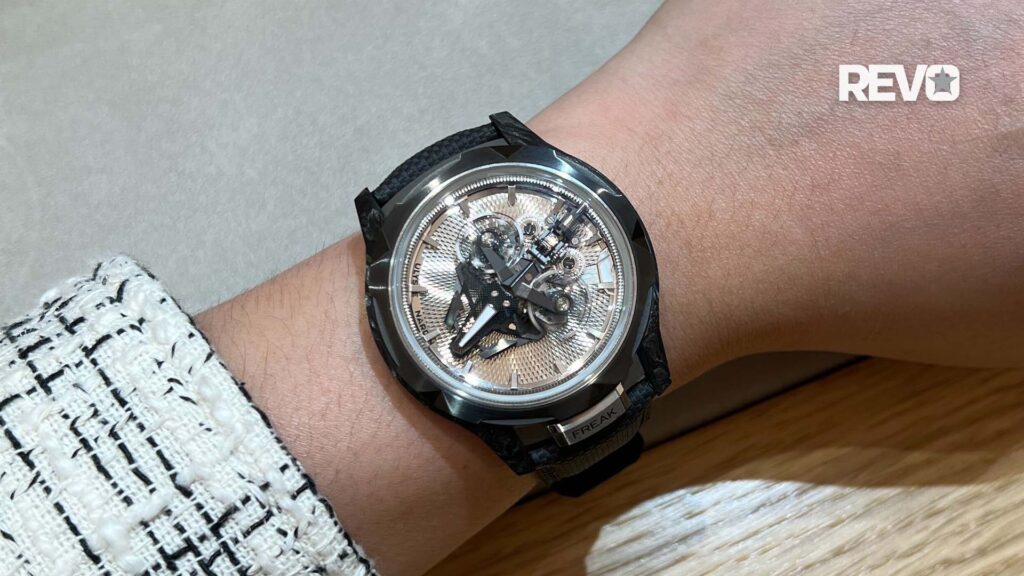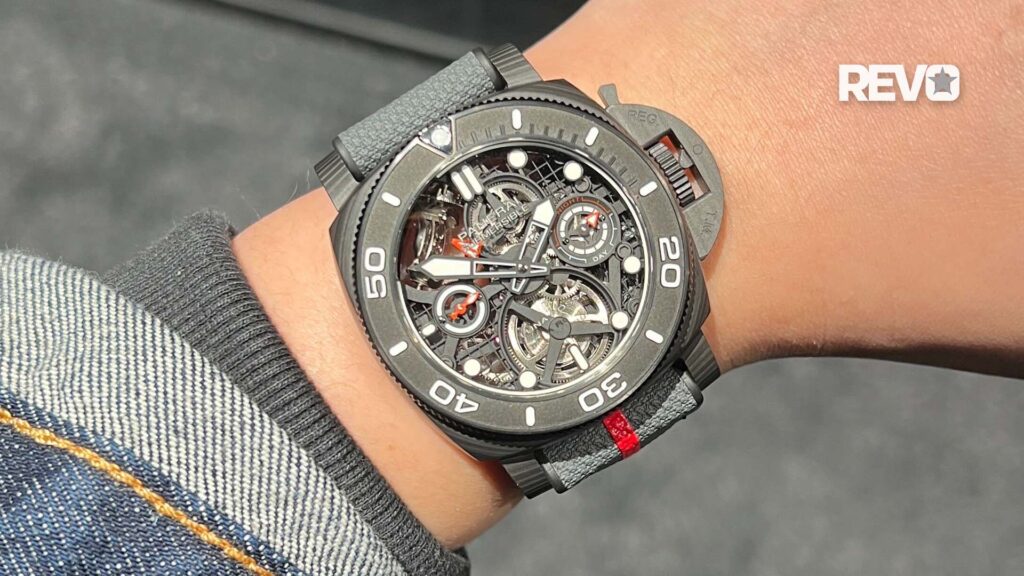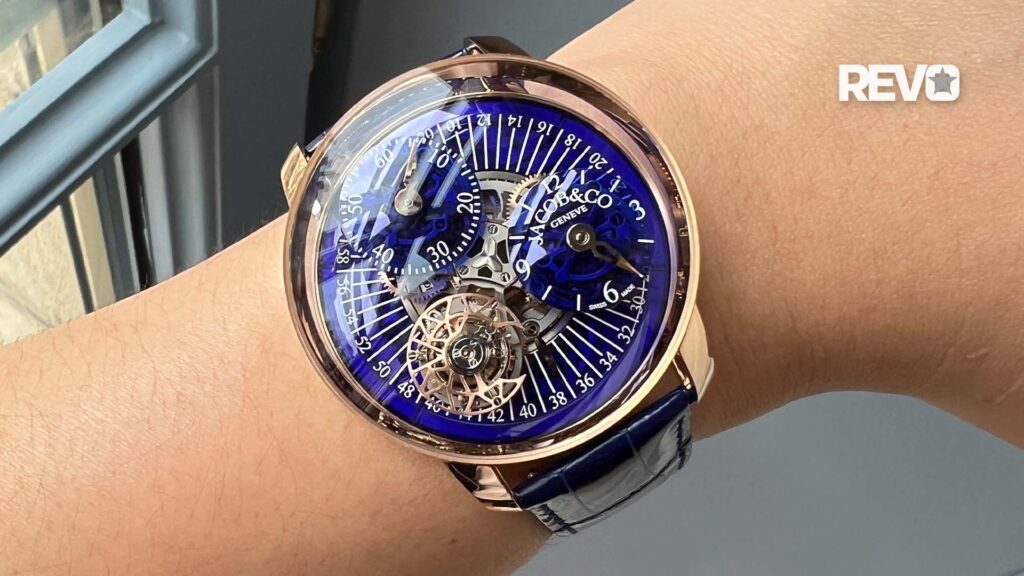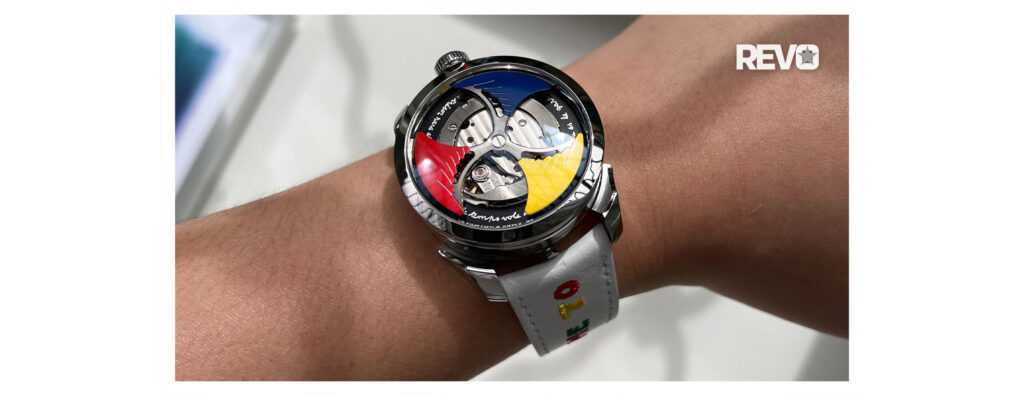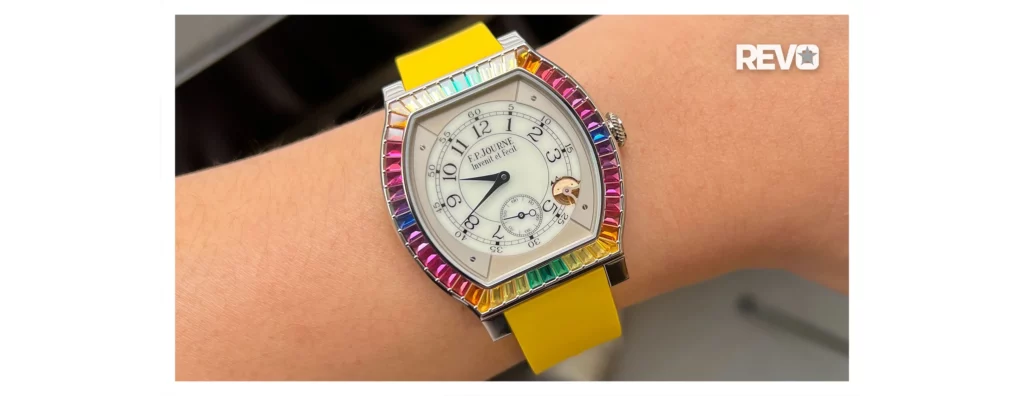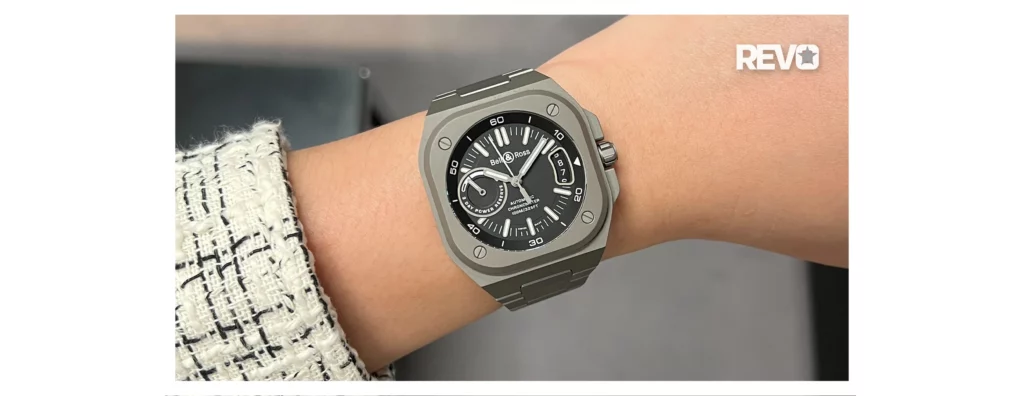Breguet
Year of the Tourbillon
At the heart of the tourbillon’s genesis was a problem to be solved. The escapement, that delicate regulating organ that was the beating heart of a timepiece, was, like everything, sensitive to the world around it. Lubricating oils degraded over time. Metals contracted or expanded — and eventually wore out. Dust and moisture played havoc with accuracy. And these are just the enemies the watchmaker can see; equally pernicious are the invisible enemies of temperature and gravity. In his attempt to compensate for these effects, Breguet invented a self-contained and neatly ordered constant force escapement. The balance wheel and escapement were mounted within a rotating cage. Breguet’s invention was finally patented in 1801, and between 1796 and 1829, some 40 tourbillons were produced. Today, 220 years later, nearly 30 of those originals have survived the ravages of time, including one with an Australian link.
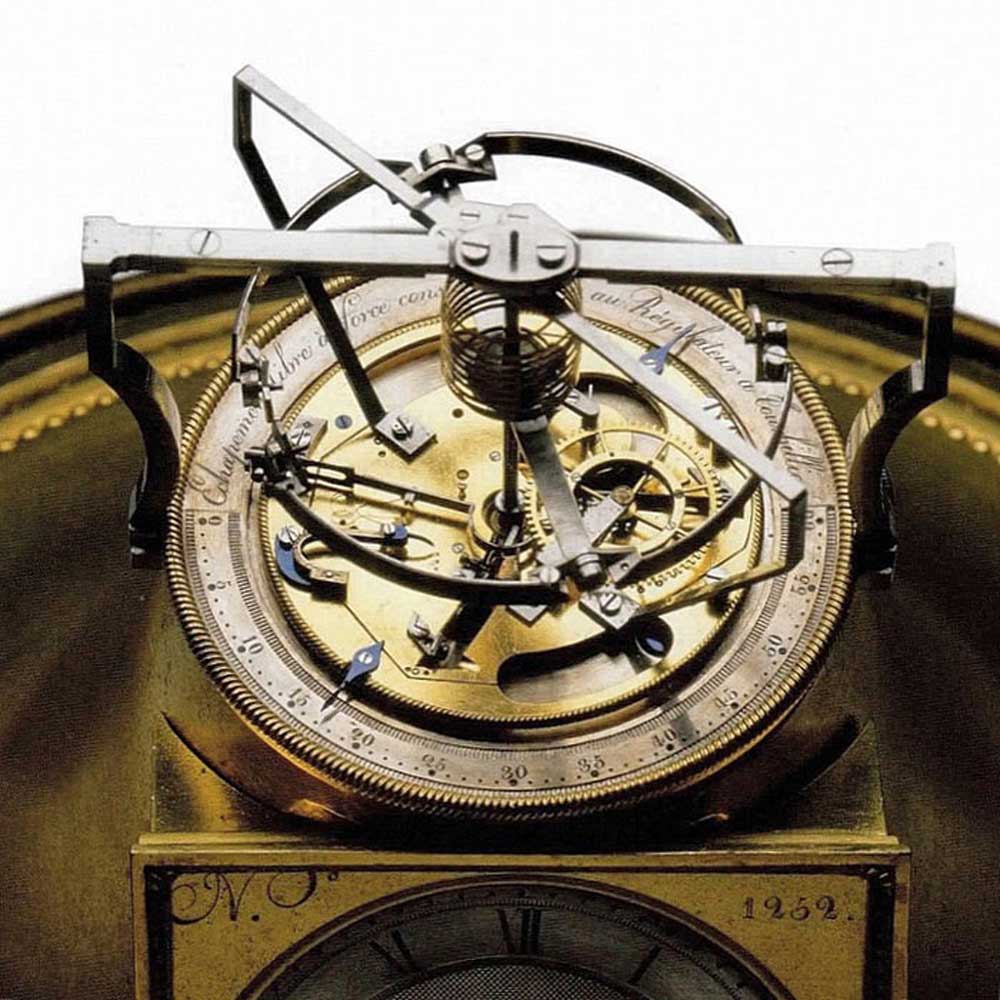
Breguet No. 1252 "Tourbillon expérimental à échappement à force constante"
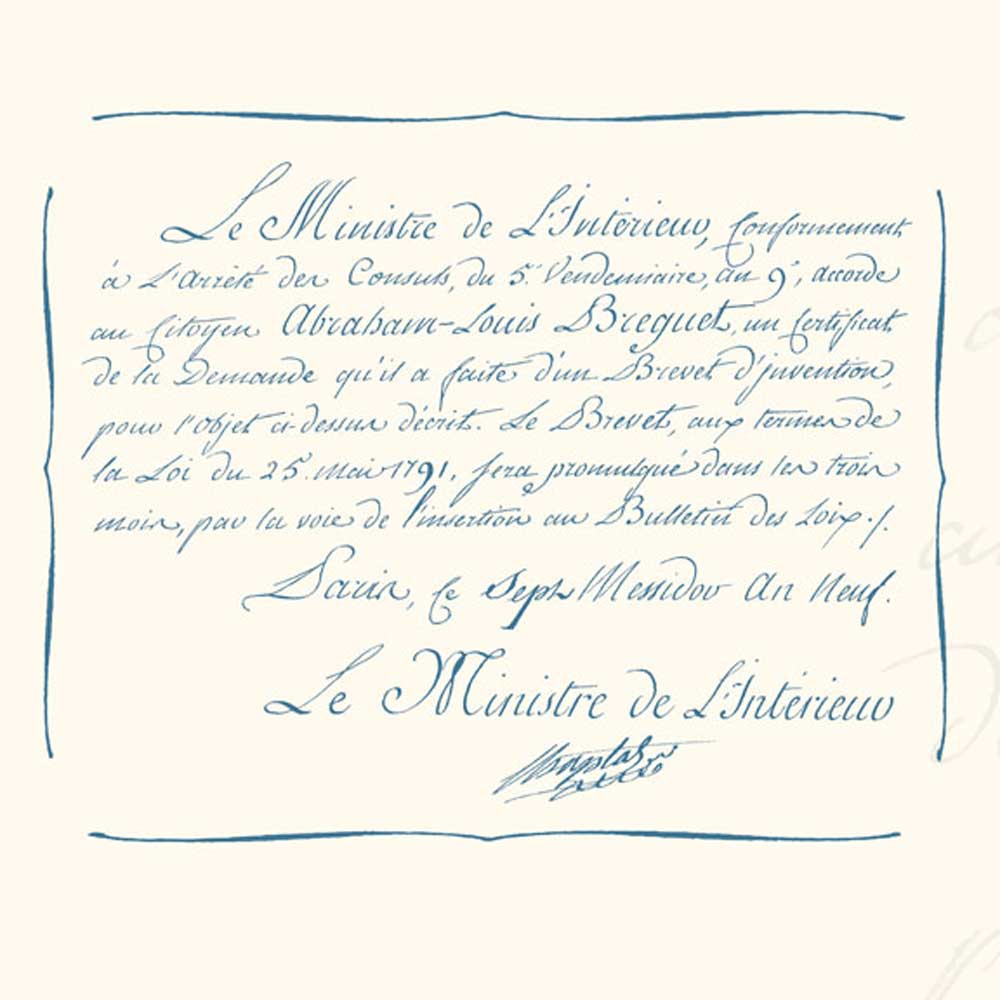
An extract from the patent granted to Breguet by the French Interior Minister
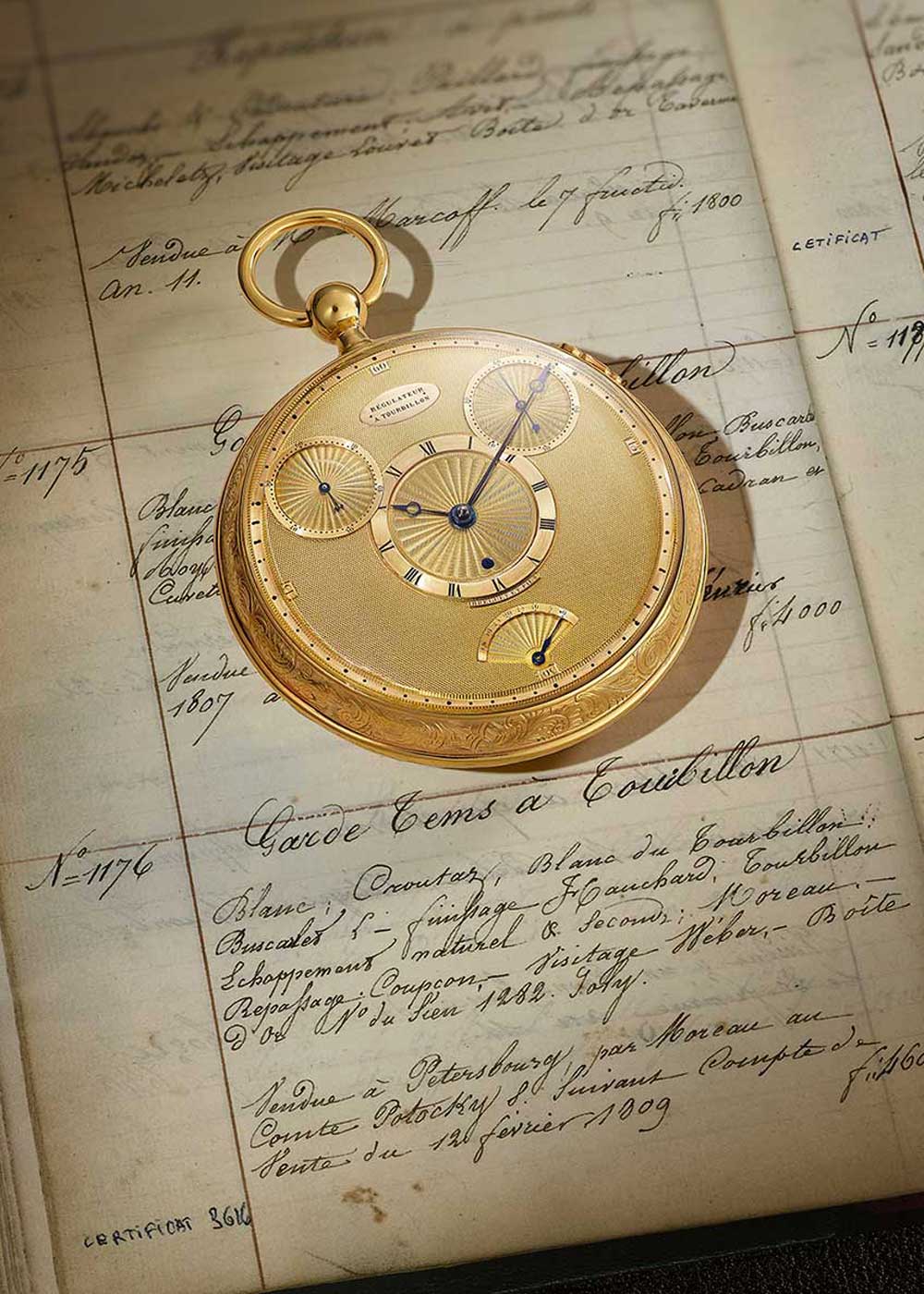
Breguet No. 1176, a 64 mm tourbillon pocket watch from 1809
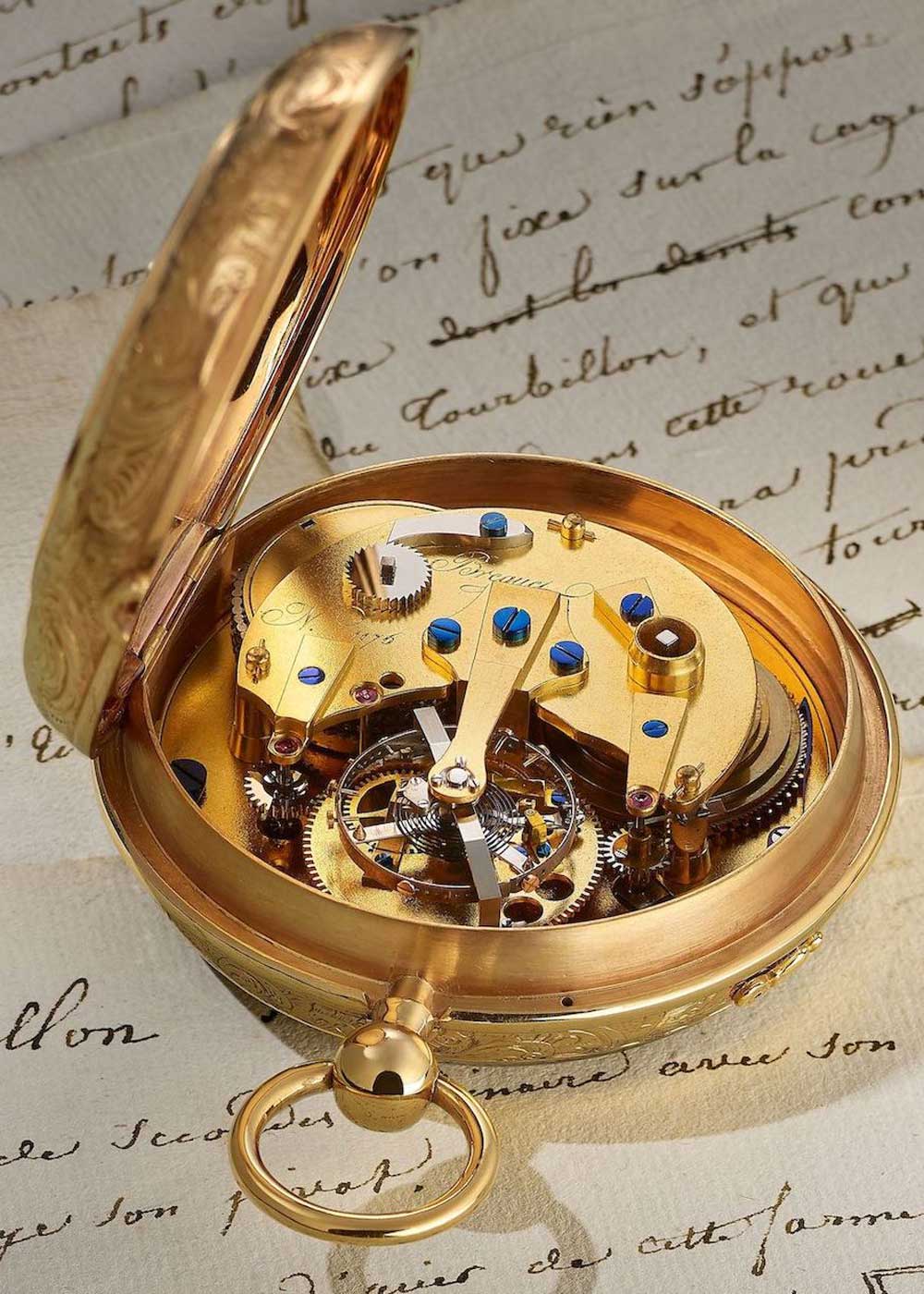
Breguet No. 1176, a 64 mm tourbillon pocket watch from 1809
The First Tourbillon in Australia
For those thinking that the early history of the tourbillon was a Euro-centric affair, you’d be wrong, as Breguet no. 2574 proves. This handsome, regulator-style pocket watch was sold in 1816 to Thomas Brisbane, a Scottish soldier in the British Army. He achieved the rank of Major General in 1813, and shortly after was appointed as Governor of New South Wales, eventually having a new settlement on Moreton Bay (and now capital city of Queensland) named after him. In parallel to his military and political career, Brisbane was a keen scientist and astronomer. Indeed, he built the first properly equipped Australian observatory in Parramatta and a further two in Scotland. He was a significant scientific patron in both Australia and Scotland. This is where Breguet no. 2574 comes in.
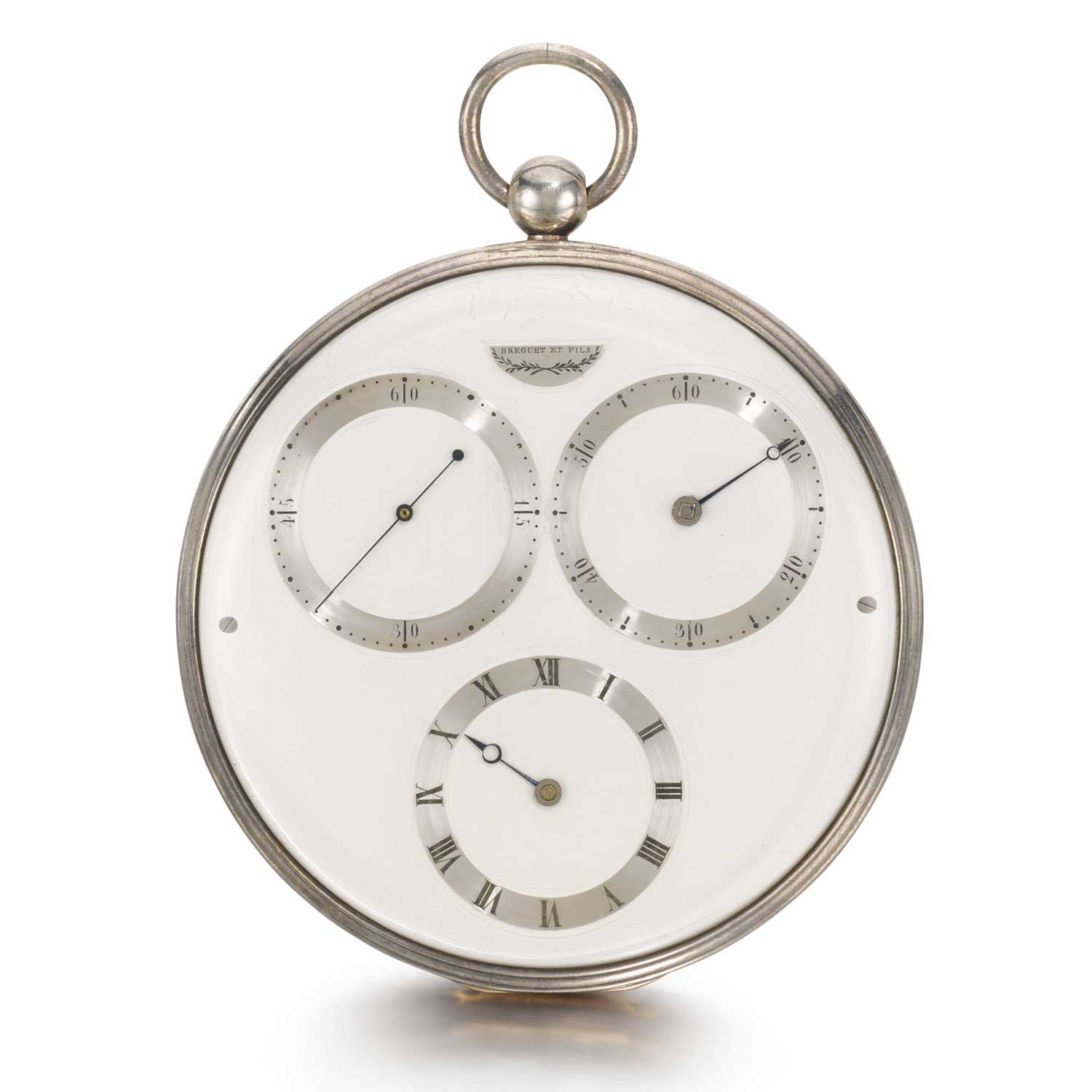
Breguet no. 2574, a six-minute tourbillon sold to General Thomas Brisbane in 1816 (Image: Sothebys.com)
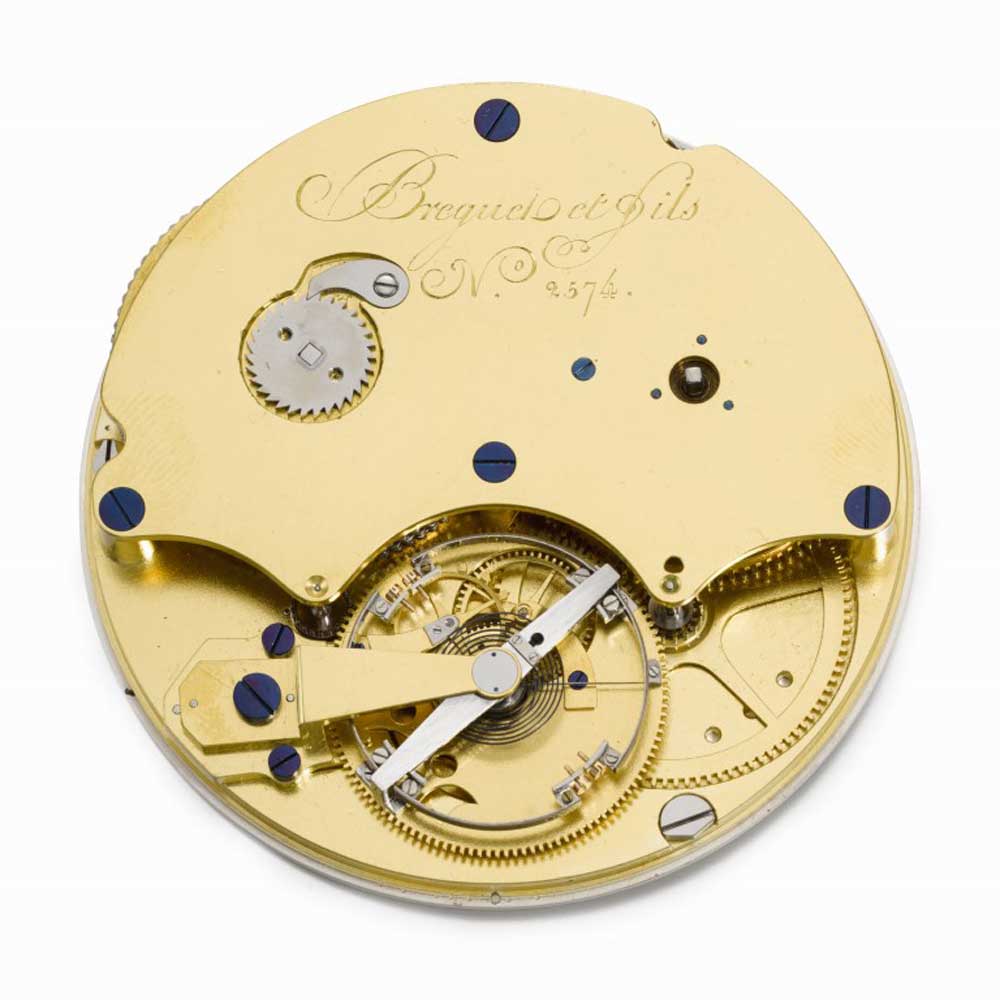
The large six-minute tourbillon in this watch beat at an unusually high 21,600 vibrations per hour (Image: Sothebys.com)
That is some phenomenal accuracy for the early 19th century and shows the very real benefits of a tourbillon, only years after Breguet patented his invention in 1801. It’s quite incredible to think of this watch as what was very likely the first tourbillon in Australia, which was only just becoming an autonomous colonial settlement, decades before the discovery of gold and the subsequent onrush of wealth and prosperity.
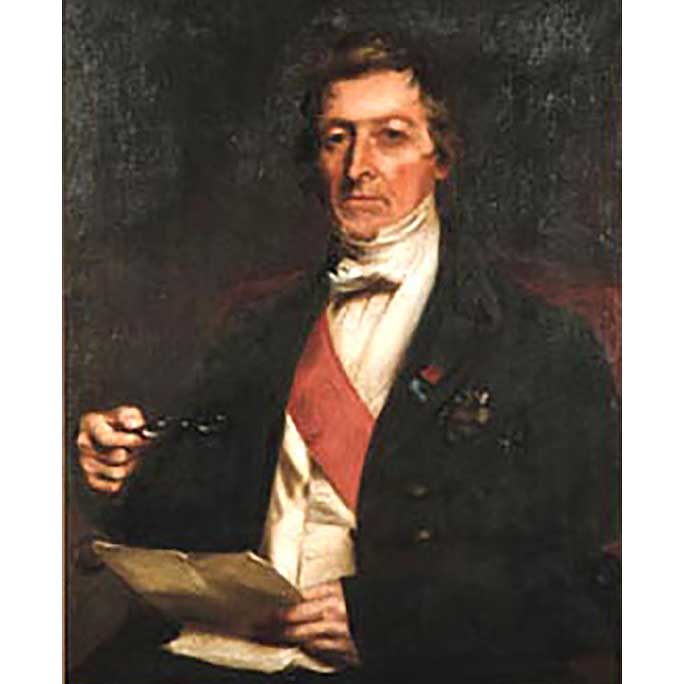
Sir Thomas Brisbane
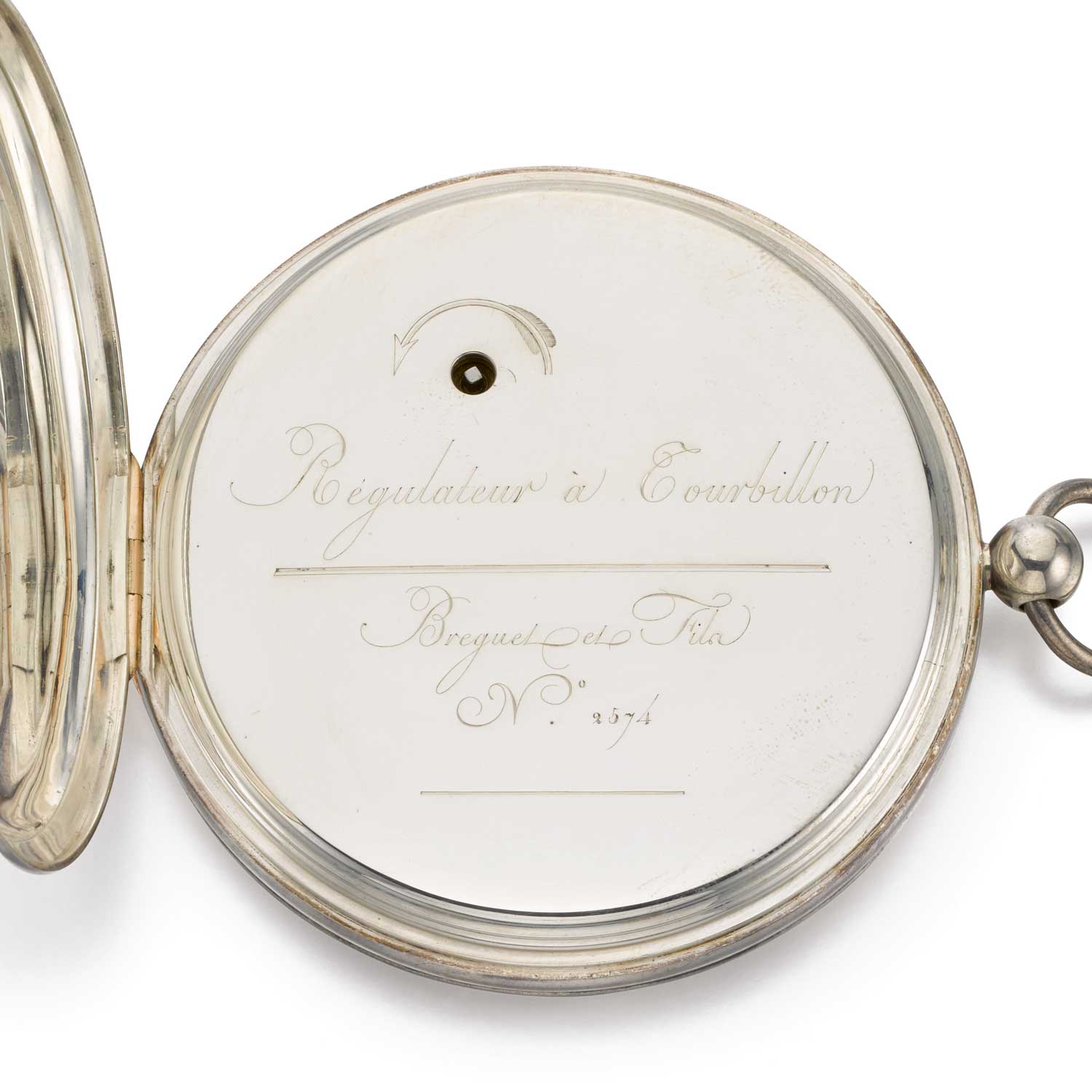
Brisbane’s historically significant Breguet no. 2574 was auctioned online by Sotheby's for CHF 560,000 in 2020
The Tourbillon Today
Australia and the world have changed vastly over the years. Breguet, however, remains the master of the tourbillon — the complication remains an important part in the maison’s assortment — even though the original impetus for unimpeachable accuracy is less critical than it once was.
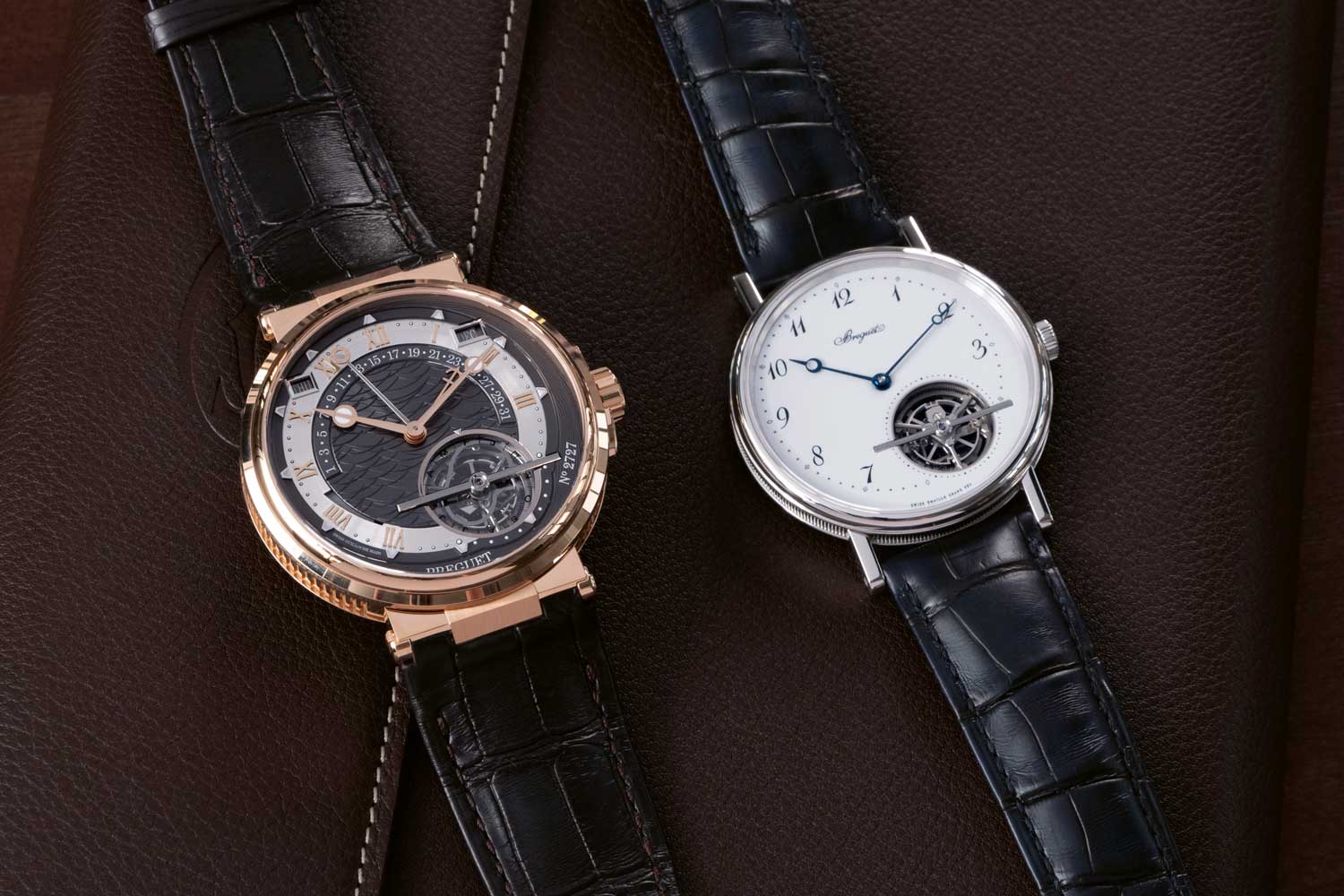
Breguet Marine Tourbillon Équation Marchante 5887 and Classique Tourbillon Extra-Plat 5367 (©Revolution)
Breguet Classique
In the Breguet Classique Tourbillon Extra-Plat 5367, the off-centre tourbillon takes centre stage in this ultimate vision of Breguet’s prestigious place in the pantheon of watches. The platinum case with finely fluted case middle, pure grand feu enamel dial and heat-blued Breguet hands for white dial (and silver-coloured hands for the dark coloured dial variation) — everything is straight out of Abraham-Louis’ own playbook.
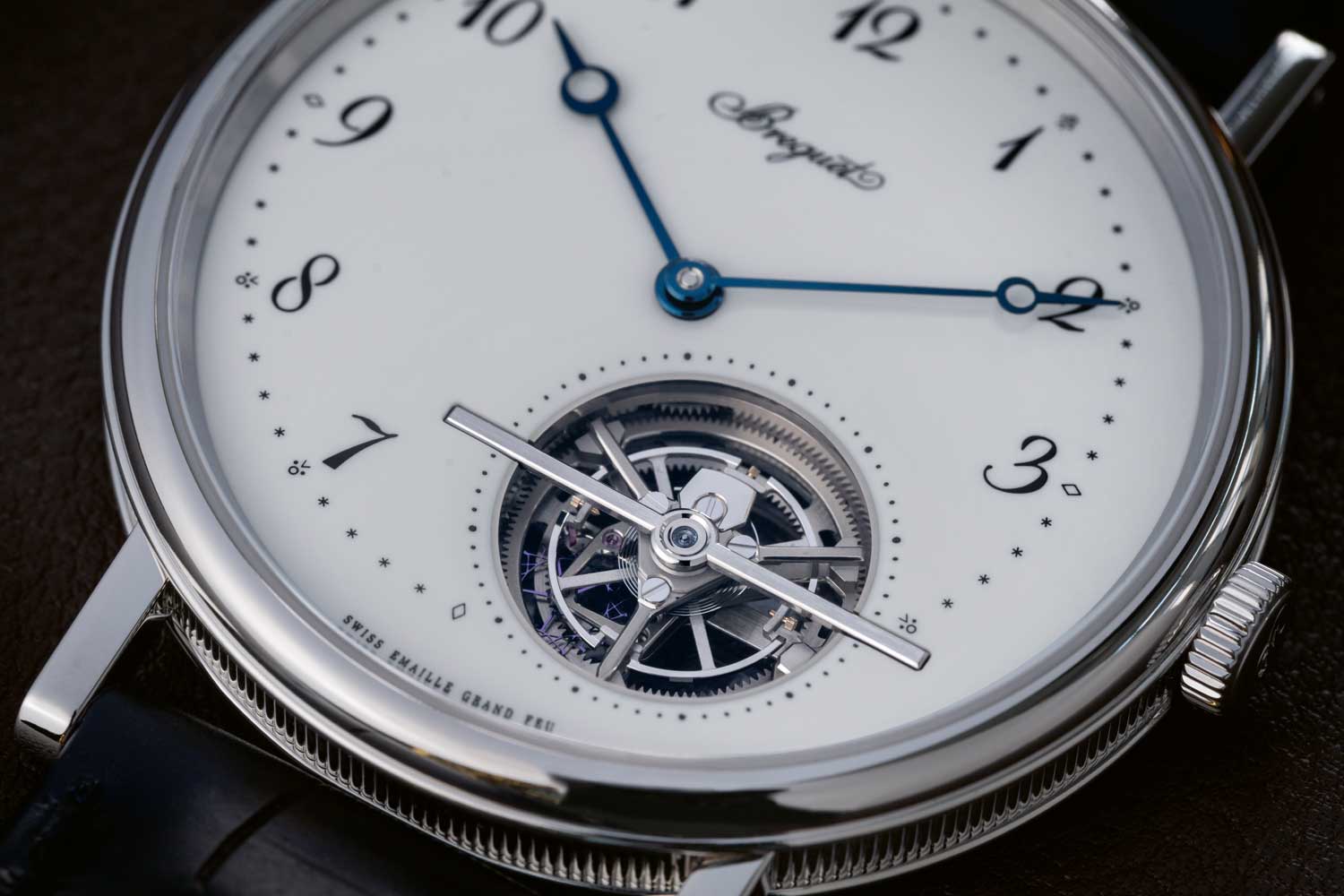
Breguet Classique Tourbillon Extra-Plat 5367 “(© Revolution)
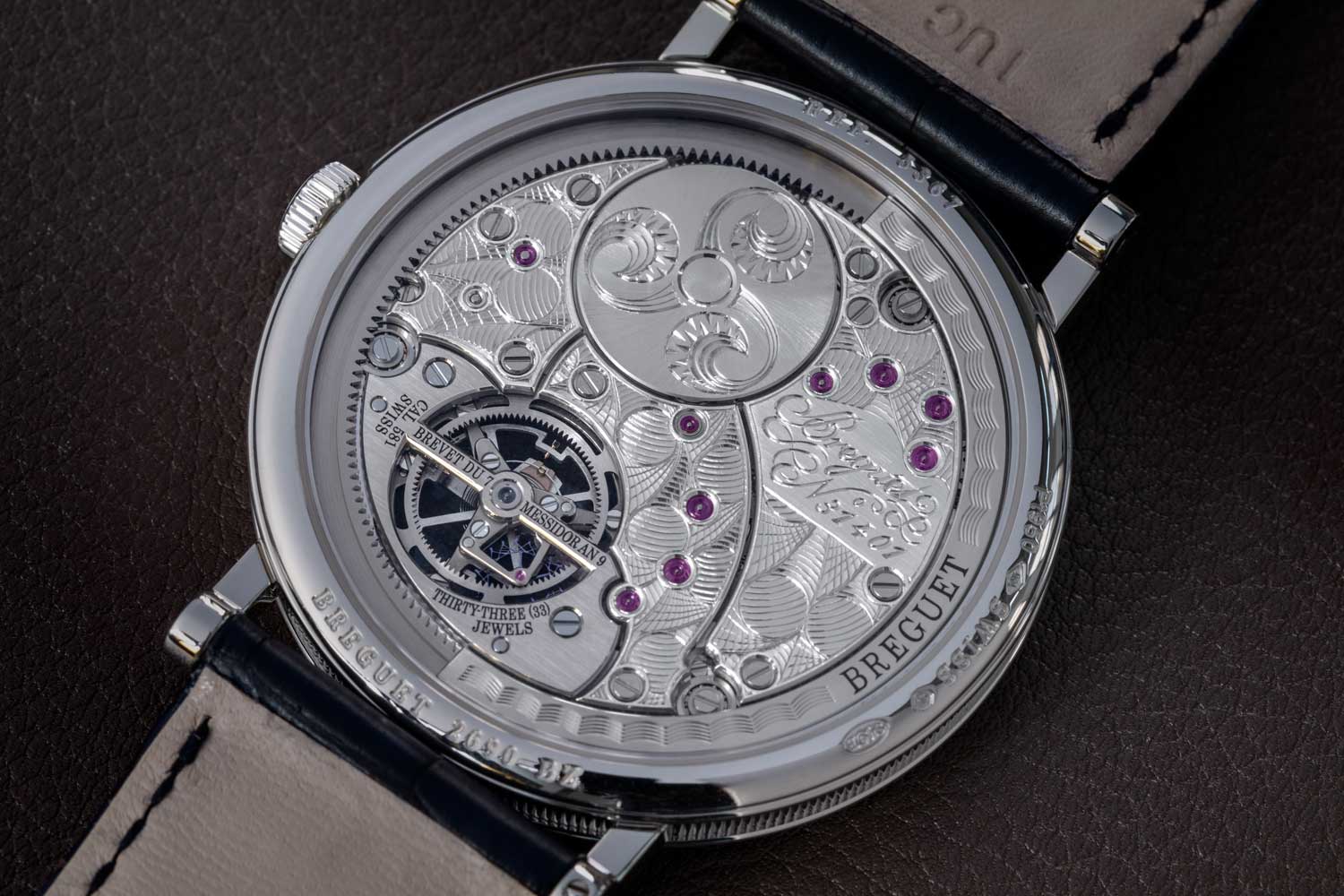
The rear of the tourbillon bridge is engraved with “Brevet Du 7 Messidor An 9”, a reference to the Republican Calendar used in 1801. It’s the date Breguet received the patent for his tourbillon mechanism.(©Revolution)
Breguet Marine
Of the original batch of 40 tourbillons produced by Breguet, nearly a quarter of them — including Thomas Brisbane’s — were used for naval navigation and timekeeping. While longitude isn’t likely to be a pressing concern for someone owning a tourbillon today, the maritime link lives on in Breguet.
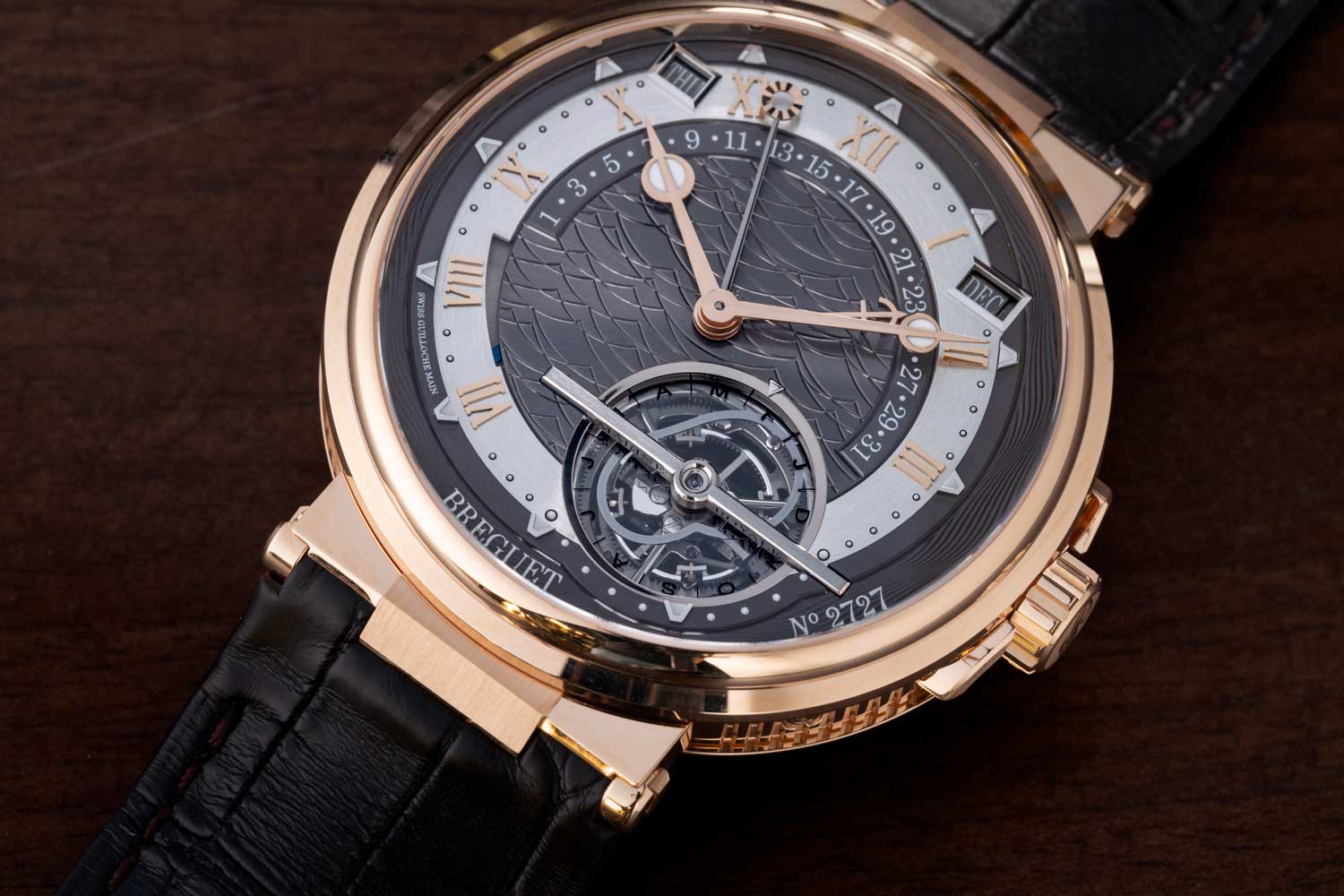
Breguet Marine Tourbillon Équation Marchante 5887 (© Revolution)

The beautiful caseback showcases the bridges of the movement engraved with a depiction of a French naval vessel, the Royal Louis (©Revolution).
Tech Specs
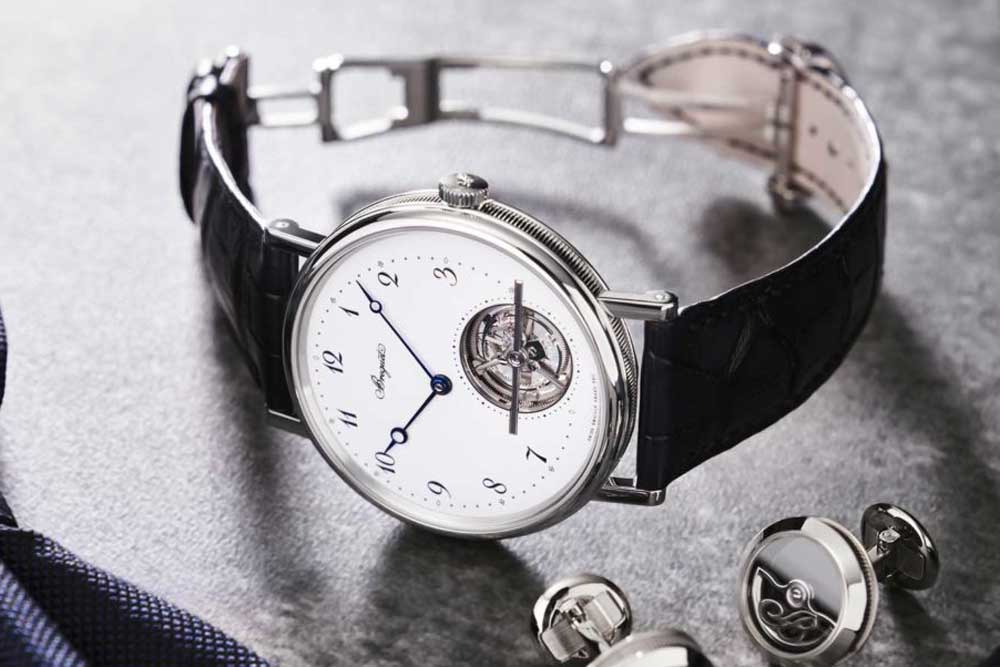
Breguet Classique Tourbillon Extra-Plat 5367
Functions: Hours, minutes, seconds, tourbillon
Case: 41mm; platinum; water resistant to 30m
Strap: Blue alligator leather with platinum triple folding clasp
Price: USD 161,800/CHF 158,000
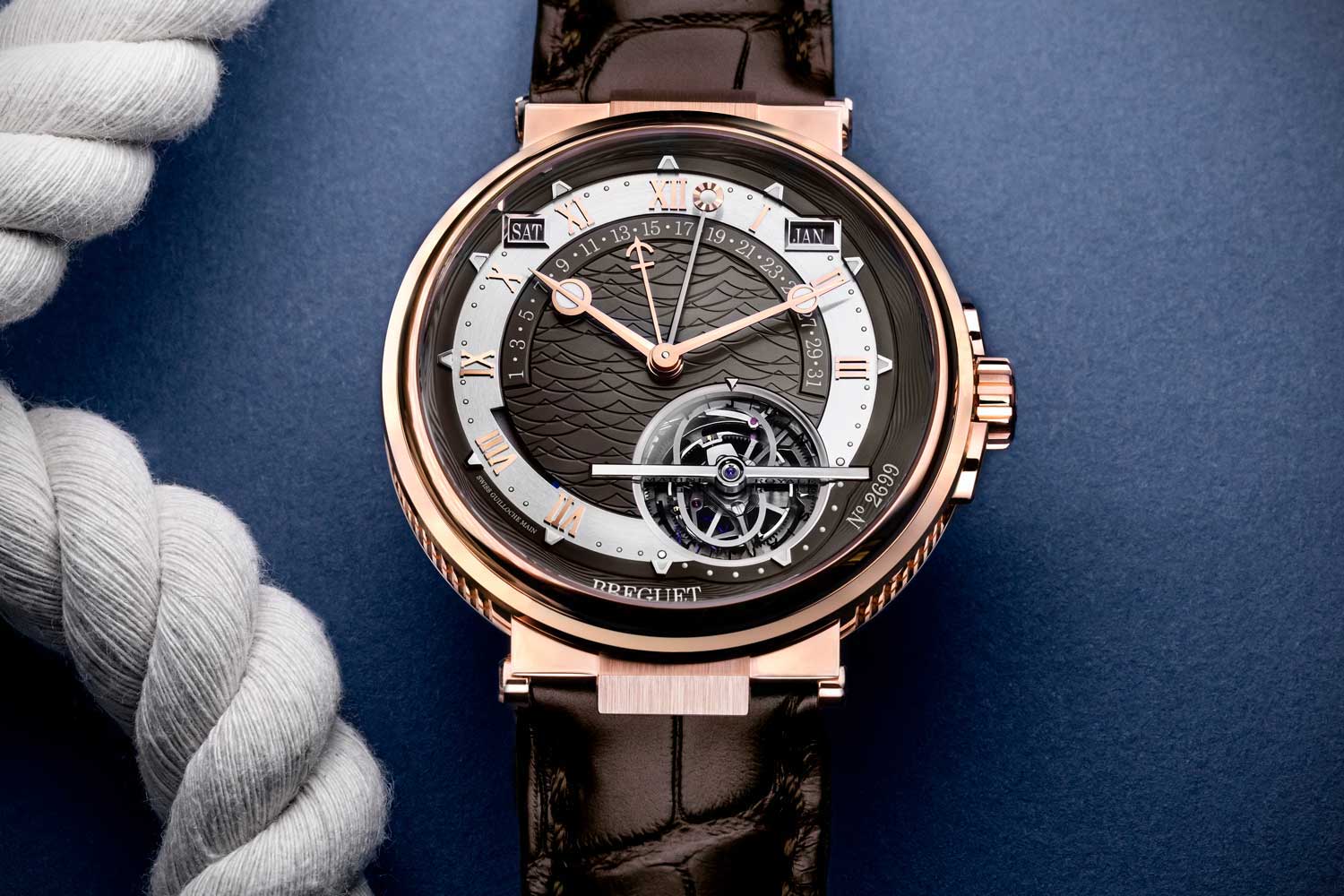
Breguet Marine Tourbillon Équation Marchente 5887
Functions: Hours, minutes, seconds, tourbillon, perpetual calendar with retrograde date and equation of time
Case: 43.9mm; 18K rose gold; water resistant to 100m
Strap: Brown alligator leather with rose gold triple folding clasp
Price: USD 215,000/CHF 210,000




